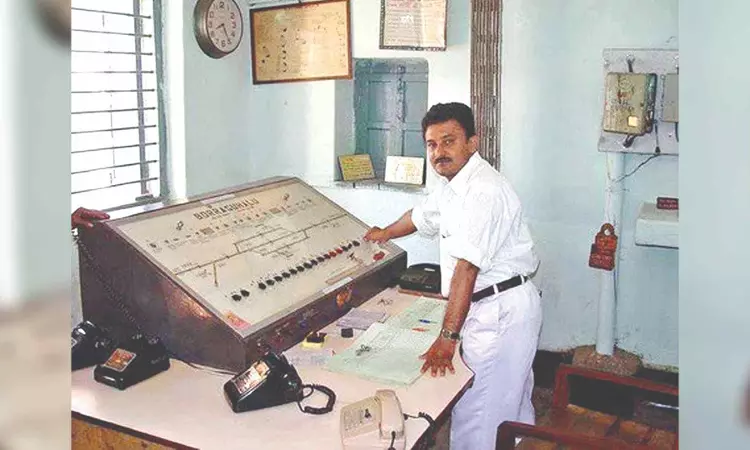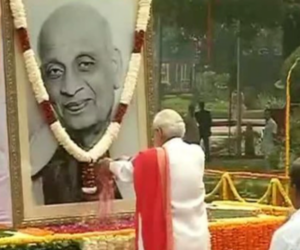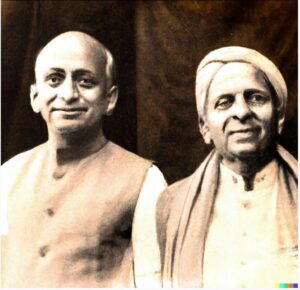
Introduction
June 2, 2023, was a day that bore witness to an unspeakable tragedy in India. Balasore, a tranquil coastal town in Odisha, became the site of a catastrophic train accident that claimed 275 lives and injured over a thousand more. The Coromandel Express, due to an unforeseen electronic interlocking issue, collided with a stationary goods train, catapulting the event to the forefront of national and global attention. The catastrophe quickly found its place as one of India’s deadliest train accidents in recent decades.
Immediate Response and National Mourning
In the wake of the disaster, emergency rescue operations were swiftly launched, with the Indian Army and Indian Air Force playing crucial roles. The scale of the devastation attracted international attention, with leaders across the globe, including US President Joe Biden and UK Prime Minister Rishi Sunak, extending their heartfelt condolences. Within India, Prime Minister Narendra Modi personally visited the crash site, maintaining a constant line of communication with Railway Minister Ashwini Vaishnaw.
Social Media and the Surge of Misinformation
While the nation was enveloped in a state of collective mourning, a different type of chaos was taking shape in the online sphere. Social media platforms became fertile ground for the spread of misinformation and unverified claims. One such instance involved the rumour of an alleged station master named ‘Sharif’ absconding since the accident. Influential Twitter users like Vivek Pandey (@vivekpandeyvns_) and @Manv1994 propagated these baseless allegations, leading to a tumultuous online environment that further complicated the already complex situation.
Twitter users spreading this misinformation was Vivek Pandey (@vivekpandeyvns_), self-identified as the chief of Rashtravadi Hindu Mahasabha, and @Manv1994, claiming to be the BJP IT chief in Vidhan Sabha from the Khair constituency. They suggested that Sharif, the alleged station master, had deliberately caused the accident and was now on the run.
The Image Controversy and the Truth Unveiled
An image purporting to be ‘Sharif,’ the supposedly absconding station master, circulated widely, further fuelling the speculative fire. However, a diligent examination revealed the actual origins of the photograph. It was extracted from a blog post authored by Vikas Chander, detailing his journey on the Kottavalasa Kirandul KK Line in March 2004. The image was snapped at the Borra Guhalu railway station, displaying no connection whatsoever to the Balasore incident or the fictional character, ‘Sharif.’
The Power of Responsible Journalism and Official Confirmation
In the face of rising misinformation, the journalistic fraternity and official authorities joined forces to rectify the narrative. The Odia language news outlet, Kalinga TV, clarified that the assistant station master on duty at the time of the accident was S B Mohanty, not the alleged ‘Sharif.’ This information was subsequently corroborated by senior IPS officers from Odisha and Railways Public Relations Officer (PRO) Nihar Mohanty, who assured that no station staff was absconding, effectively debunking the rumors.
Understanding the Misinformation Phenomenon
The Balasore train disaster underscored the pervasive nature of misinformation in our digital age, particularly during crises. As platforms of mass communication, social media can simultaneously act as conduits for unverified information and rumors. This unfortunate event has brought to the forefront the importance of cautious verification and reliance on credible sources for information.
Conclusion: Learning Lessons and Navigating Forward
As India continues to come to terms with the aftermath of this harrowing event, the focus should remain on understanding the root causes of the disaster and implementing measures to prevent such tragedies in the future. The propagation of accurate, reliable information is a collective responsibility, particularly during




